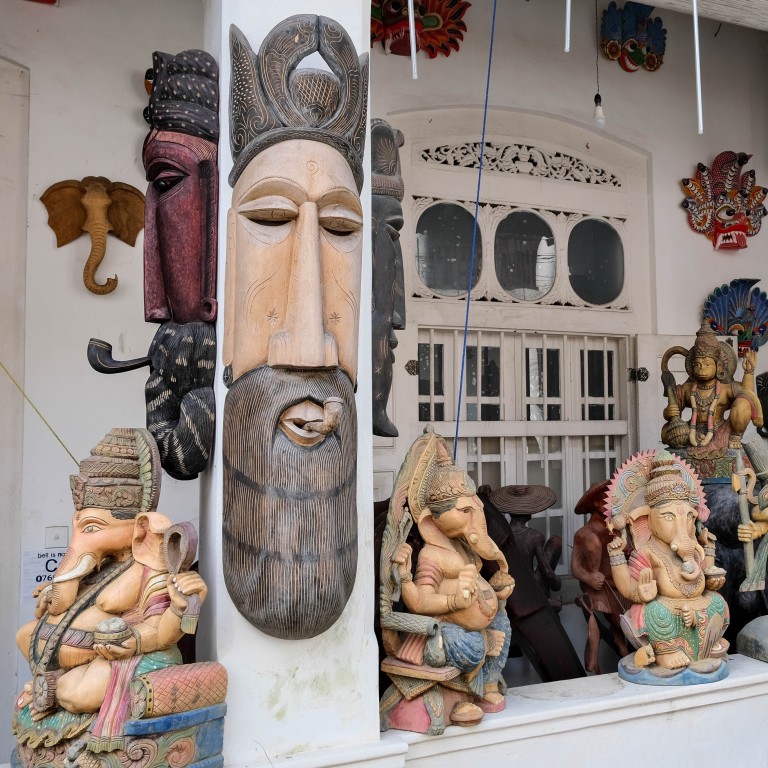
Galle Literary Festival’s Art Trail features exhibitions, open houses and artists’ tours and turns Sri Lanka’s Galle Fort into ‘living canvas’
- Staged alongside the Galle Literary Festival in Sri Lanka, the Art Trail has art shows, open houses and artists’ tours and makes a ‘living canvas’ of Galle Fort
- Galle is a gateway to explore the island’s south coast, with its lavishly decorated homes, resorts and hotels designed by eminent Sri Lankan architects
“No other place in the whole island represents the trouser-wearing, cricket-watching modern Sri Lankan like Galle Fort,” says tour guide Shanjei Perumal, founder of Galle Fort Walks.
Perumal leads his guests along the ramparts of the 17th-century Unesco Heritage site, which overlooks the Indian Ocean in southern Sri Lanka, and through its narrow, cobblestone streets, past sun-dappled, bougainvillea-draped walls and serendipitously placed bicycles that make for irresistible photo opportunities.
Perumal says that the fort, with its art deco spaces and mix of European and Moorish architecture, continues to inspire the art and design of contemporary Sri Lanka.
That influence will be in focus this month along the Art Trail, which is being hosted alongside the Galle Literary Festival (January 25 to 28) and turns Galle Fort into a “living canvas”.
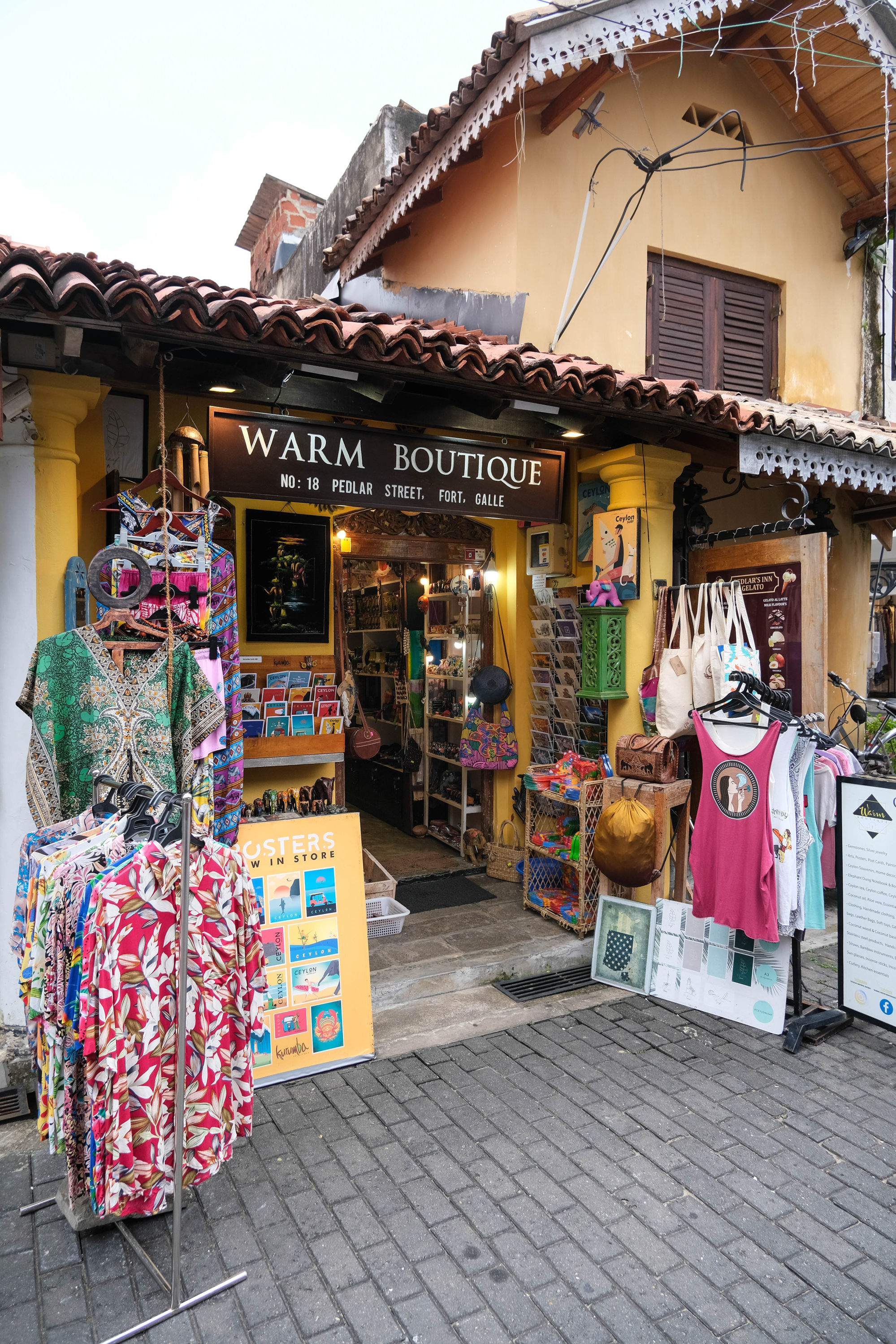
The trail will take in hotels, Dutch-era mansions and residential homes hosting exhibitions by local and international artists, workshops and meet-and-greet events.
The trail shows how art creates an “alternative experience for tourists to explore the country in a more exciting manner”, says Azara Jaleel, editor-in-chief of Sri Lanka’s Artra Magazine, which is a co-host of the event.
Discover the history of coffee – and enjoy a strong cup – at Dubai museum
One of those whose work is being exhibited is home-grown artist Thujiba Vijayalayan, whose “Natura” series highlights domestic, social and environmental issues in charcoal on paper, watercolour and collage pieces.
Jaleel says the Art Trail aims to capture the resilience of Sri Lankans, who have had a lot to contend with, including deadly Easter 2019 bombings and a devastating economic collapse.
“We want to show how within the place of pain and paranoia, you can see emerging artists who are resilient, capturing the beauty of the country,” Jaleel says.
And there are few better venues in Sri Lanka in which to display art that not only survives, but also thrives, than Galle Fort.
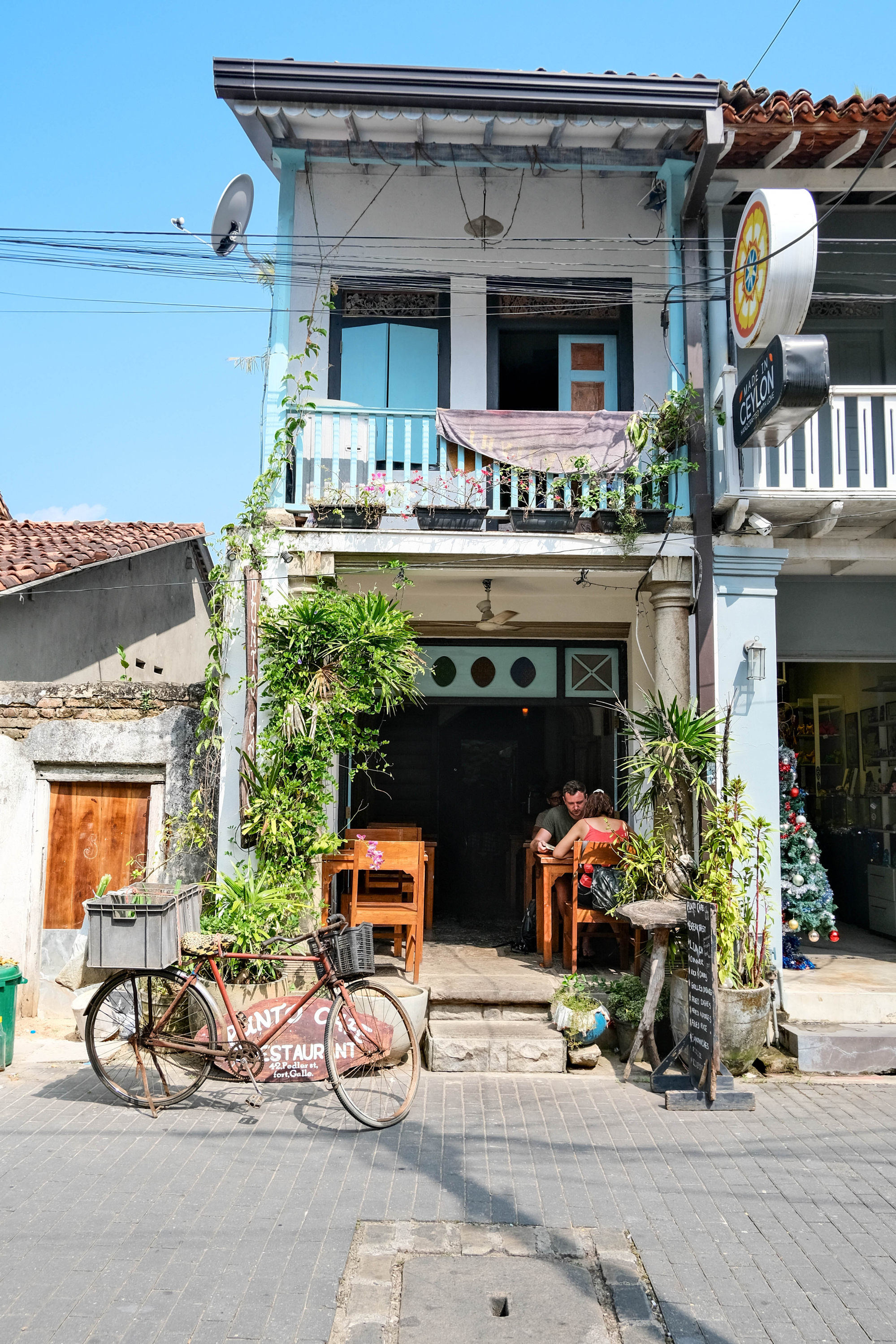
The Galle peninsula was an important trading hub, ruled by the Portuguese in the 16th century and in the 17th century by the Dutch, who built a fortified city, housing 500 families and administrative buildings.
The British took over the island’s coastal belt in the late 18th century.
Much of the fortified city remains, within which are hotels and restaurants with charming courtyards sandwiched between residential buildings, schools, banks, jeweller’s shops and century-old family-run breakfast restaurants.
Venice tourist tax for day trippers comes in to tackle overtourism
“I find Galle Fort very significant because of how it’s taken meaning over the years,” says Jaleel, explaining the influences bestowed by colonial powers and Arab traders, and how the district shelters a small but harmonious community, with churches, Buddha images, Hindu temples and mosques standing side by side within its walls.
“And today, it’s also home to antique shops and jewellers, and the expat community conducting interesting art galleries,” she says.
One of the latter is Stick No Bills, a producer of stylised poster art representing various cities and countries. The company’s flagship store has been housed in the fort since 2011.
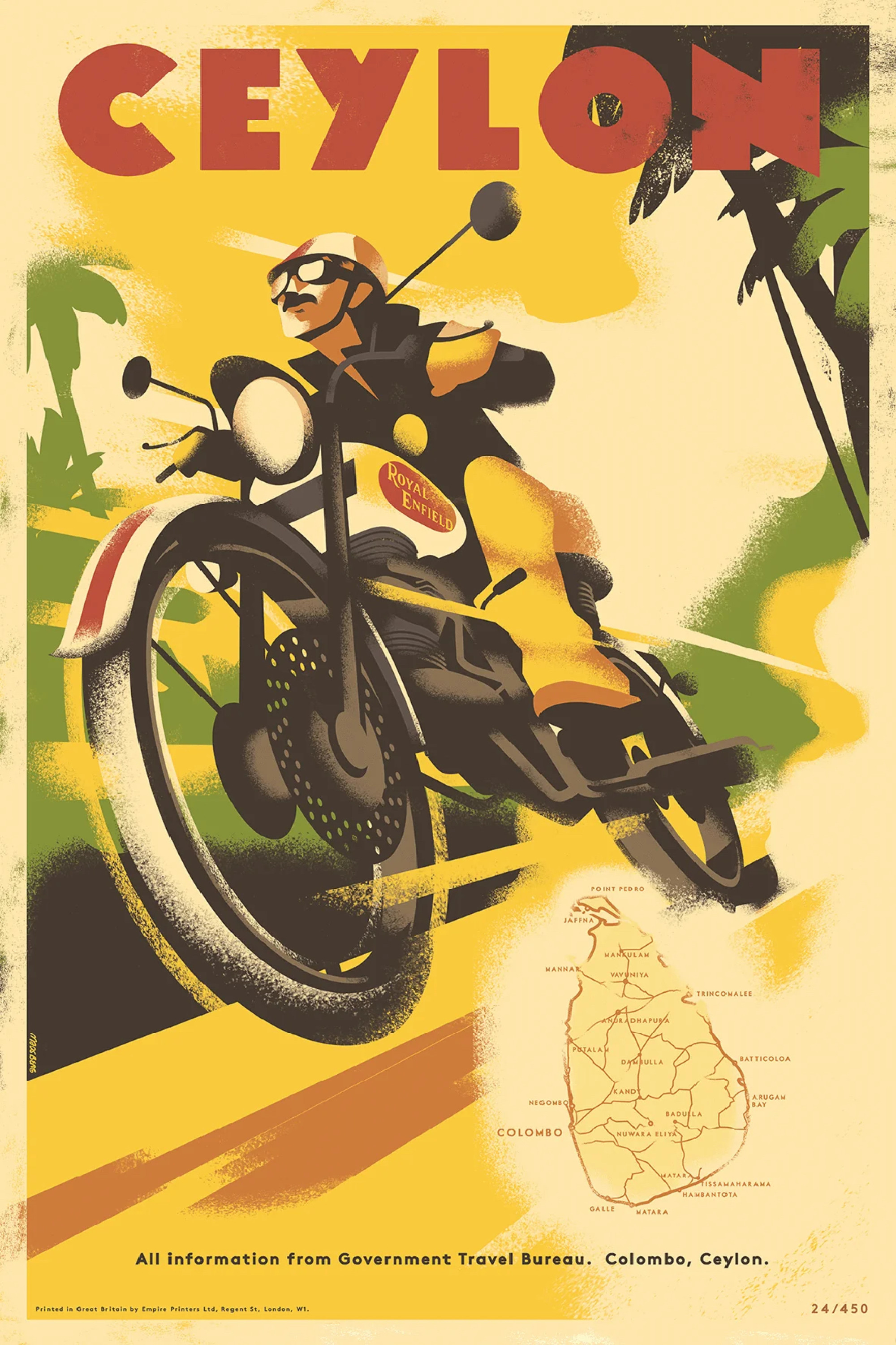
Co-founder Meg Gage Williams explains that Stick No Bills was born during the years of recovery that followed the devastating Indian Ocean tsunami in 2004 and a nearly three-decade-long civil conflict on the island.
“Our image library speaks of natural beauty, hope, playfulness, and of overcoming adversity, which are a part of every Sri Lankan,” says Williams.
One of the boutique’s bestselling posters is called Enfield Ride, Island Wide and features a motorcycle rider racing down a winding road with an Indiana Jones-style map in one corner charting his route from “Ceylon’s” tea plantations to the paddy fields and on to the coast.
As integral as Galle Fort is, where art and design are concerned the island’s southern coastal region – the “multicultural powerhouse of Sri Lanka”, as Williams describes it – has a lot more to offer.
A stay here is as close as one gets to Sri Lanka’s architectural soul.
About 60km up the west coast from Galle is the town of Bentota, which was home to the late Geoffrey Bawa, Sri Lanka’s most celebrated architect.
Here Bawa (1919-2003) turned a dilapidated 6-hectare (15-acre) rubber estate on the banks of Dedduwa Lake into his country residence, Lunuganga, with intimate nooks, frangipani gardens, muraled walls and decorative antiques.
Today Lunuganga, where Bawa lived for four decades, is a boutique hotel. Guided tours of the estate pass through Bawa’s original suite, with its private courtyard and a plunge pool.
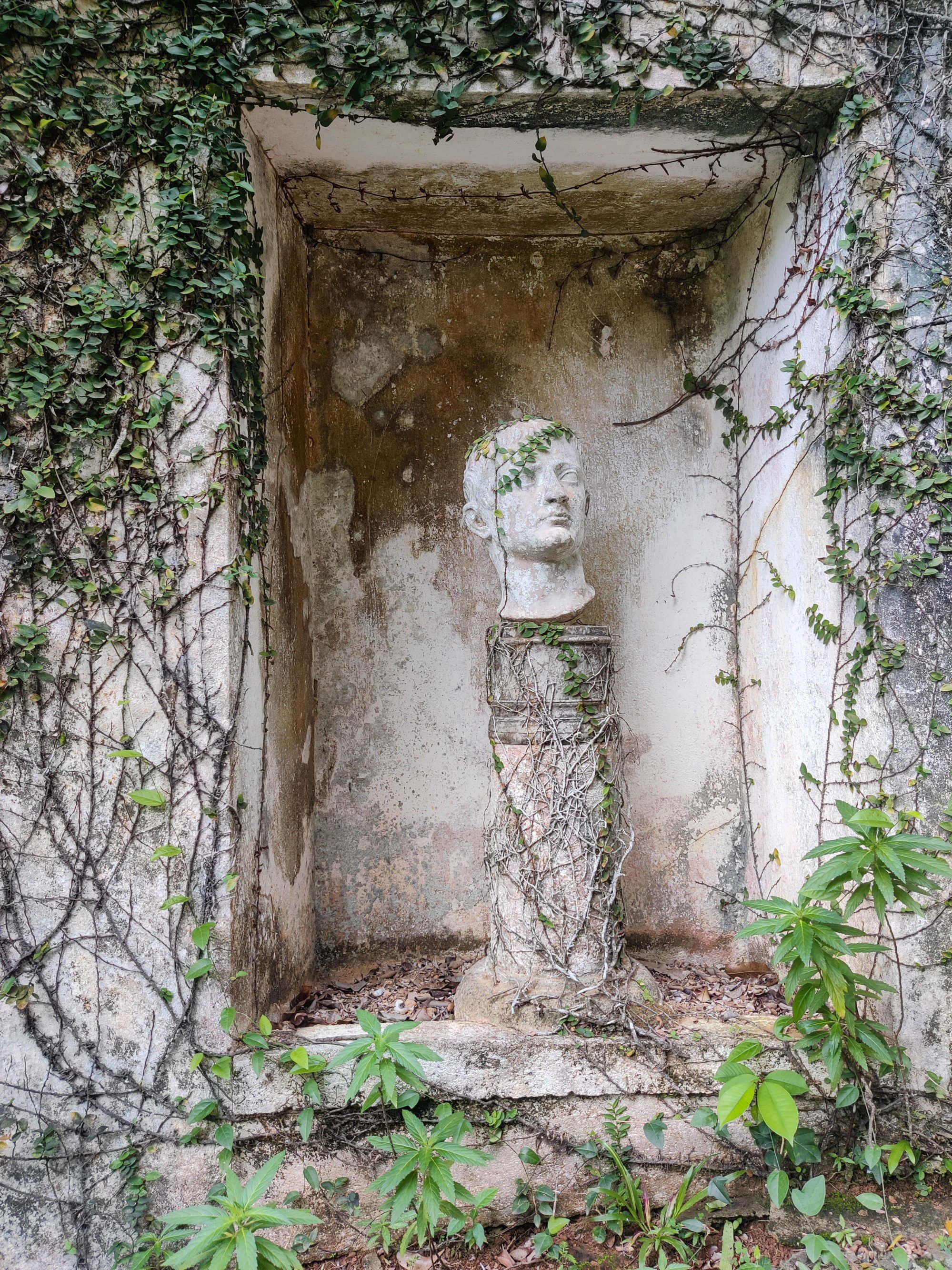
“Every corner here unveils an insight into [Bawa’s] design philosophies and mastery,” says Johanna Jameel, group operations manager at Teardrop Hotels, which operates the hotel.
“Lunuganga was his passion, but most important, a place where his work continued, and in many ways continues to this day. A stay here is as close as one gets to Sri Lanka’s architectural soul.”
Villa No 5 was the former home of late artist Ena de Silva, which was dismantled in Colombo and reassembled in the grounds of Lunuganga.

Further north, visitors can tour Brief Garden. Designed by the late landscape architect Bevis Bawa, Geoffrey’s brother, the estate includes the artist’s former residence and garden, with bathing spaces enclosed in ivy-covered walls, ponds and culs-de-sac.
A 20-minute ride away, past paddy fields and country gardens, is Cinnamon Bentota Beach, another Geoffrey Bawa-designed hotel that makes an eye-catching first impression; in this case with a large, vivid ceiling tapestry of Ena de Silva’s batik art, completed with wax-resist dyeing.
Elsewhere, spaces are dedicated to the works of home-grown artists such as the late Barbara Sansoni, who designed a handloom ceiling for the hotel’s bar, and Ismeth Raheem, a writer and architect who also paints panels.
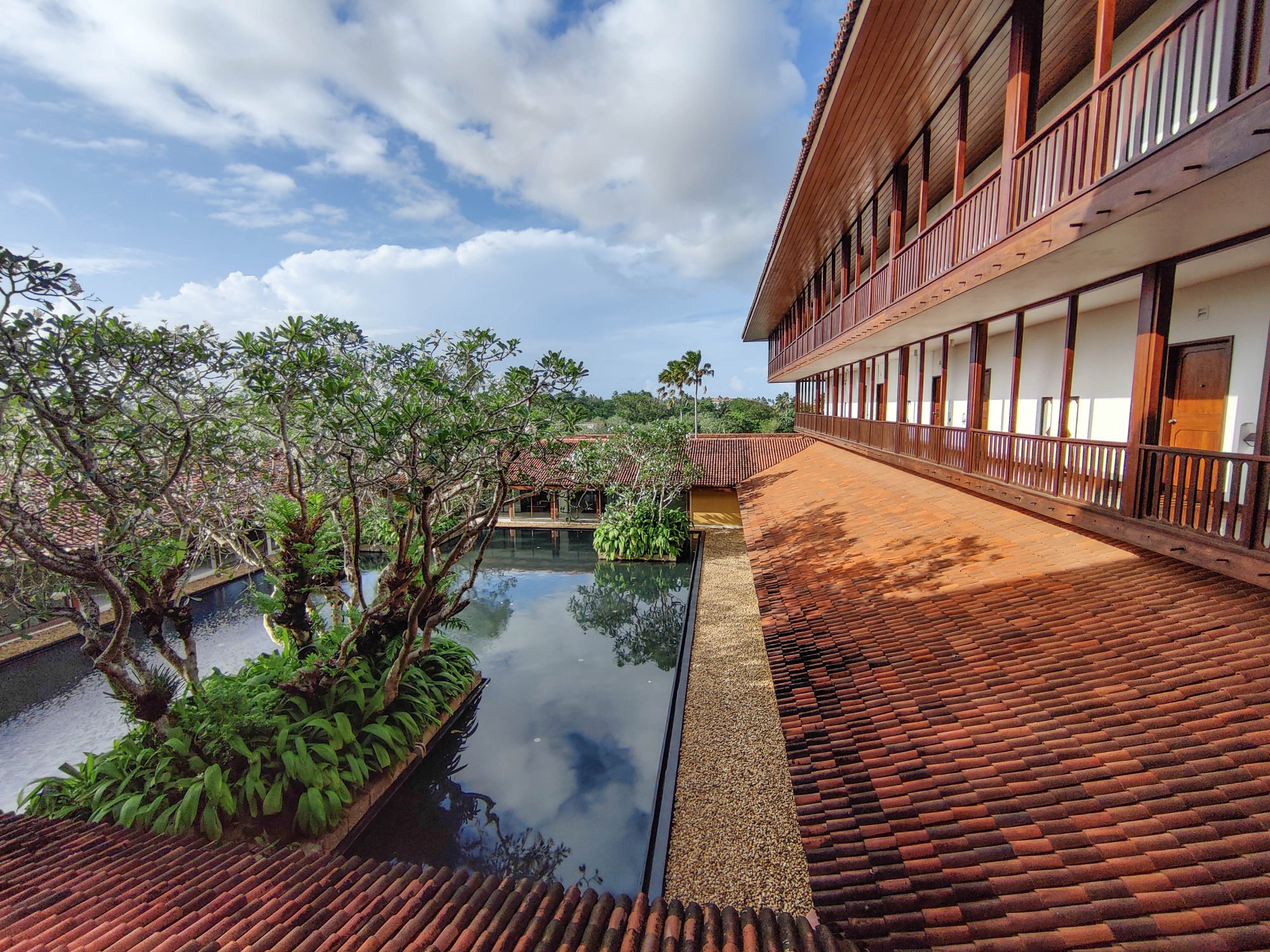
Early 2023 saw the opening of Kayaam House, a boutique beachside resort to the east of Galle. The work of local architect Sudesh Nanayakkara, the house mimics a sanctuary with the concept of “space” as the core design philosophy, with many nooks and crannies offering guests immersion into the surroundings.
With Dutch and Portuguese architectural influences, the house blends modern Sri Lankan aesthetics with open arches, cane lights and Persian blue-painted window panes.
While coconut palms frame the hotel’s large pool against the backdrop of the Indian Ocean, open spaces are adorned with antiques from all over the island; the spa entrance, for example, is flanked by a vibrant antique temple door from Jaffna.

With its nuanced history, legacy buildings and contemporary-design-led art galleries, the south coast of Sri Lanka makes for a perfect art and design getaway.

